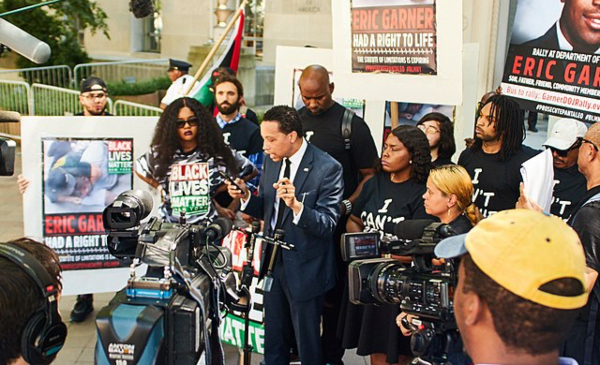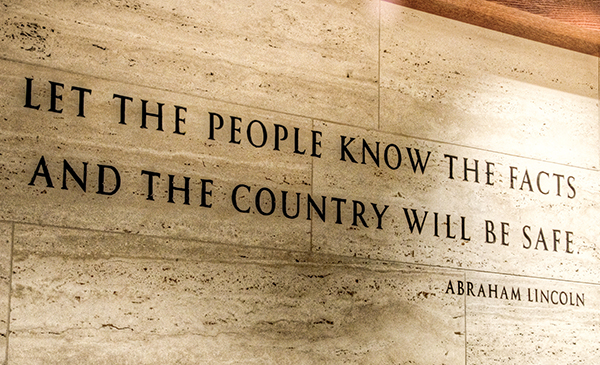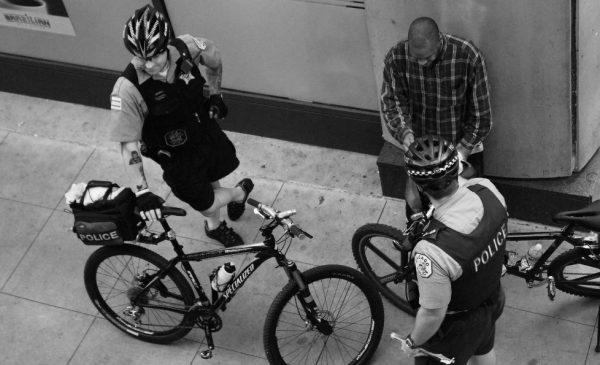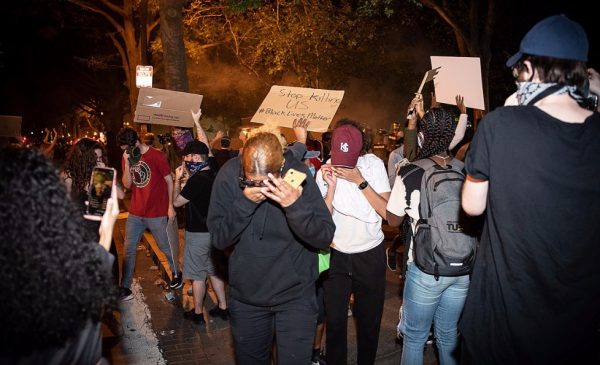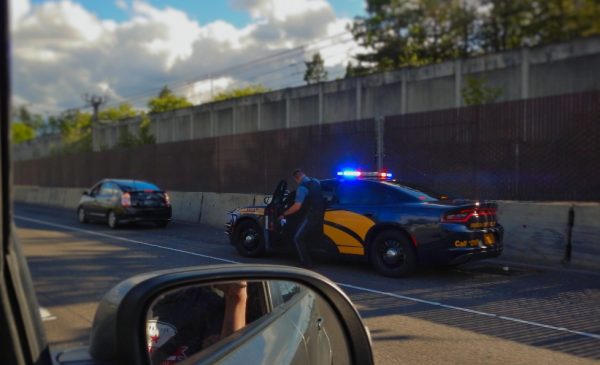Snapshot: the last 20 years of law enforcement activities in the United States
-
1,634,076 Civilians have been treated in hospitals for injuries sustained during contact with law enforcement.
-
10,547 At least 10,547 civilians have been killed by law enforcement officers.
-
333,887 Law enforcement officers have been injured after experiencing an assault on the job.

What we do
Our Law Enforcement Epidemiology Project aims to build a comprehensive surveillance system to better characterize the magnitude of civilian and law enforcement injuries that occur each year in the U.S. and to guide policy reform that addresses police use of force tactics and strategies to build community trust in the police.
Our latest reports
Understanding the data

In one year in the US...
More statistics
In one year in Illinois...
More statistics
In one year in Chicago...
More statistics
Understanding injury and fatality risks for law enforcement personnel
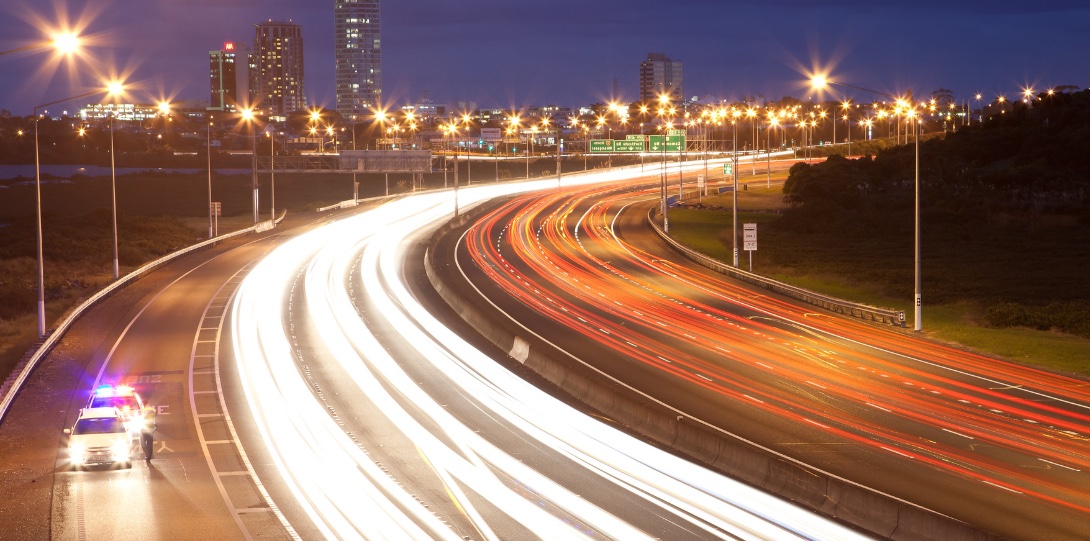
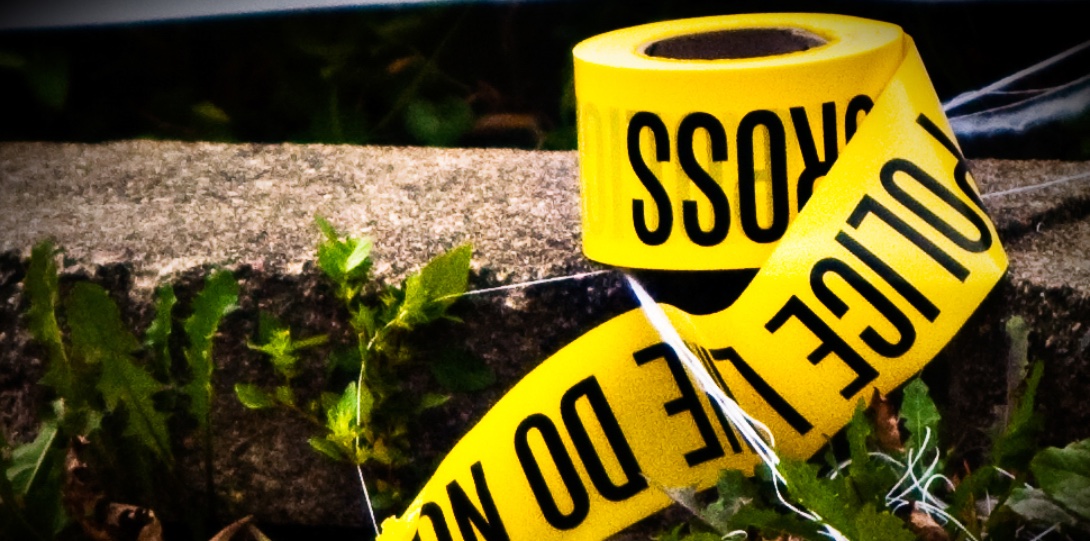
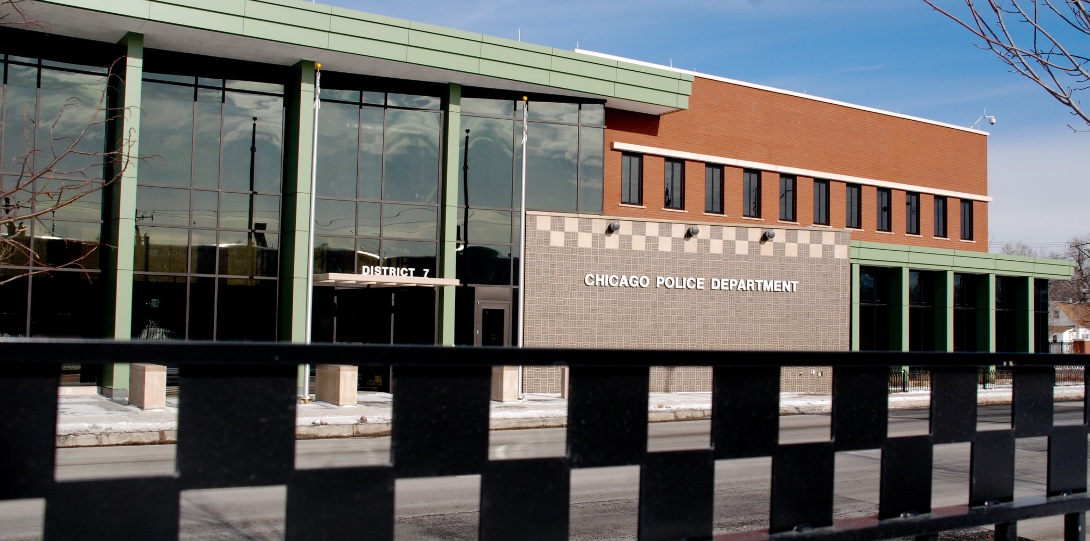
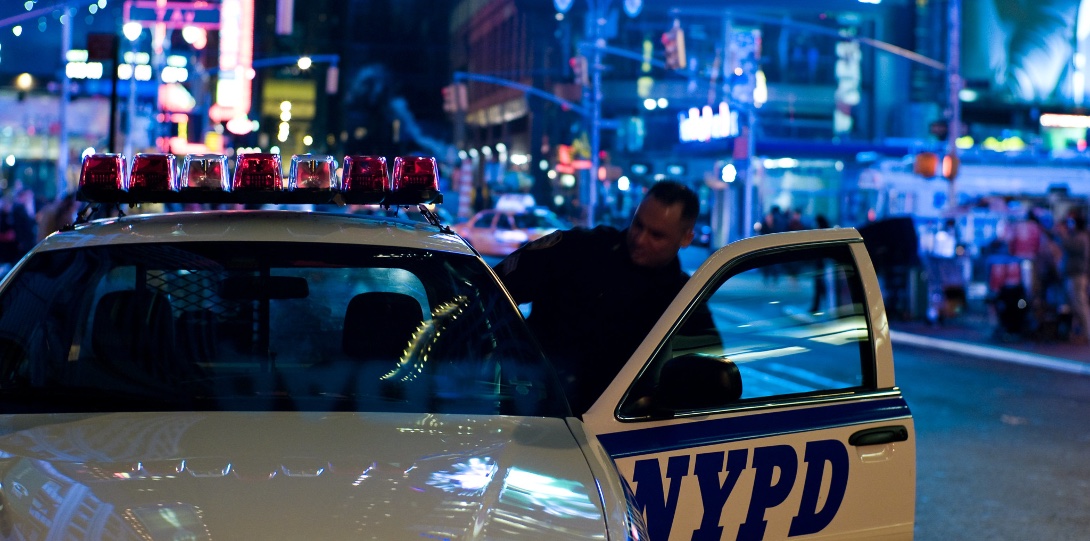
The Workforce
As of 2023, over 1.5 million were employed as law enforcement personnel in the U.S. which includes parking enforcement, bailiffs, correctional officers, game wardens, transit police, federal and state police, county sheriffs and municipal police. The mean annual wage is $78,000.
Learn More About The WorkforceRisk of Assault
Approximately 26,689 are injured after being assaulted on the job; these injuries do not include injuries caused during routine employment (falls, slips, motor vehicle collisions, etc.).
Learn More About Risk of AssaultFatality Risks
Each year, approximately 50-70 officers are feloniously killed by civilians with another 40-70 killed from other work-related causes (e.g. motor vehicle collisions or being struck by vehicle).
Learn More About Fatality RisksWorkers' Compensation
While workers’ compensation data is not widely available, our past research demonstrates that the number of law enforcement injured on the job is substantially higher than the number resulting from assaults or pursuits, with many of these injuries resulting in permanent disability. In Illinois, correctional officers have the highest injury rates compared to other law enforcement personnel.
Learn More About Workers' CompensationProject Goals
-
Surveillance
Establish an active and sustainable surveillance program that will serve as a model for other states across the country.
-
Reporting
Identify barriers to reporting.
-
Analysis
Describe long-term impacts on individuals following an injury caused by law enforcement personnel.
-
Recommendations
Develop policy recommendations for police reform.
